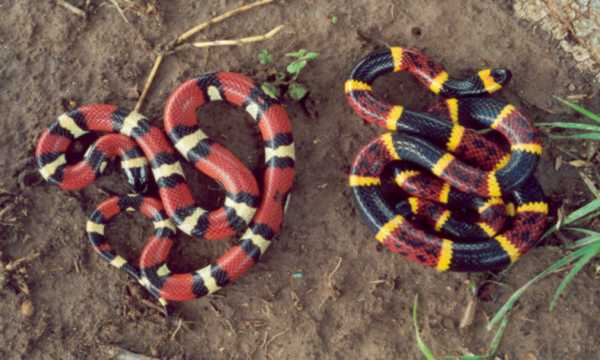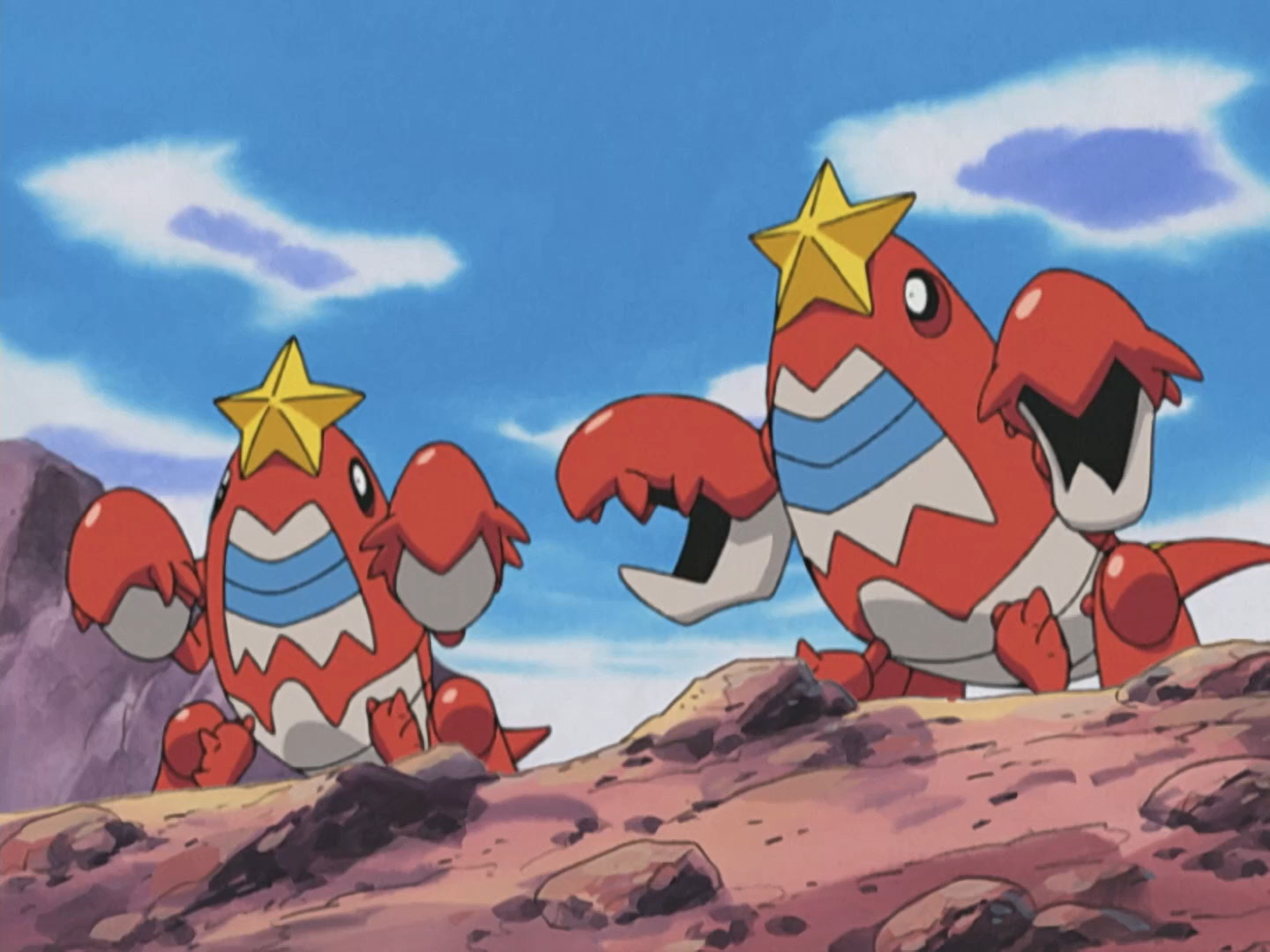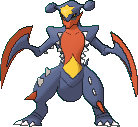If we're posting our Kangaskhan theories, I once thought on how to explain how Kangaskhan comes out with baby in its pouch when it hatches. It's a bit out there, but to me it makes sense:
The baby isn't exactly a baby but rather an incomplete clone. While under care of the mother Kangaskan it has the exact same DNA but its unstable (the mother's DNA is stable, I'll explain). When a Kangaskan breeds it doesn't develop a new Kangaskhan that's inside the egg but rather the baby in the pouch regresses back to an embryonic state and it has the egg form around it. Once the egg is laid the mother than grows a new "baby Kangaskan" quickly to replace the old one. Inside the egg the once baby Kangaskhan's DNA restructures to include the father's DNA, becoming stable. Once it has developed enough in the egg so that it can be considered a full grown Kangaskhan, it too develops a "baby Kangaskan" in its pouch. And thus the cycle is complete and repeats.
The baby isn't exactly a baby but rather an incomplete clone. While under care of the mother Kangaskan it has the exact same DNA but its unstable (the mother's DNA is stable, I'll explain). When a Kangaskan breeds it doesn't develop a new Kangaskhan that's inside the egg but rather the baby in the pouch regresses back to an embryonic state and it has the egg form around it. Once the egg is laid the mother than grows a new "baby Kangaskan" quickly to replace the old one. Inside the egg the once baby Kangaskhan's DNA restructures to include the father's DNA, becoming stable. Once it has developed enough in the egg so that it can be considered a full grown Kangaskhan, it too develops a "baby Kangaskan" in its pouch. And thus the cycle is complete and repeats.












